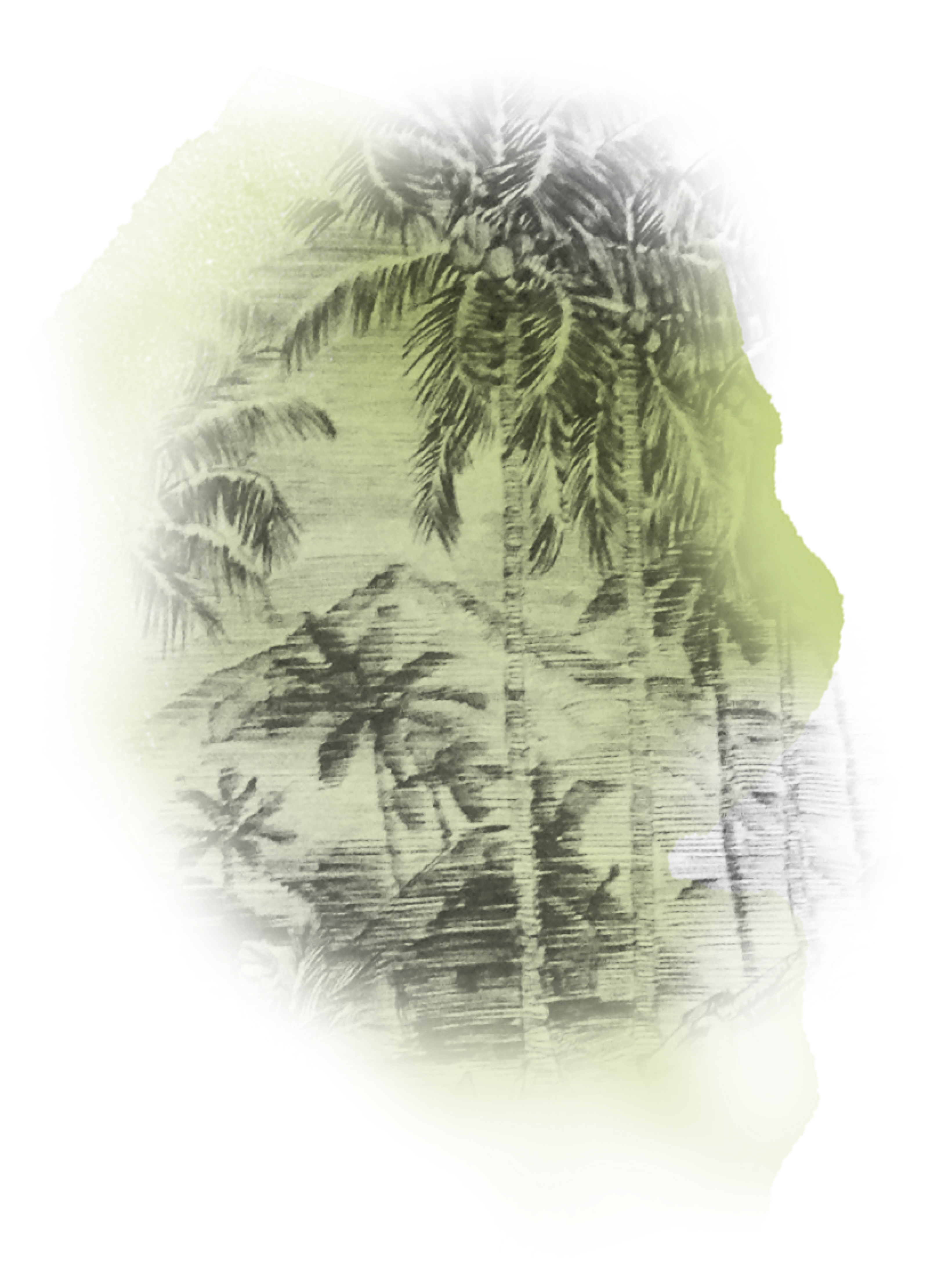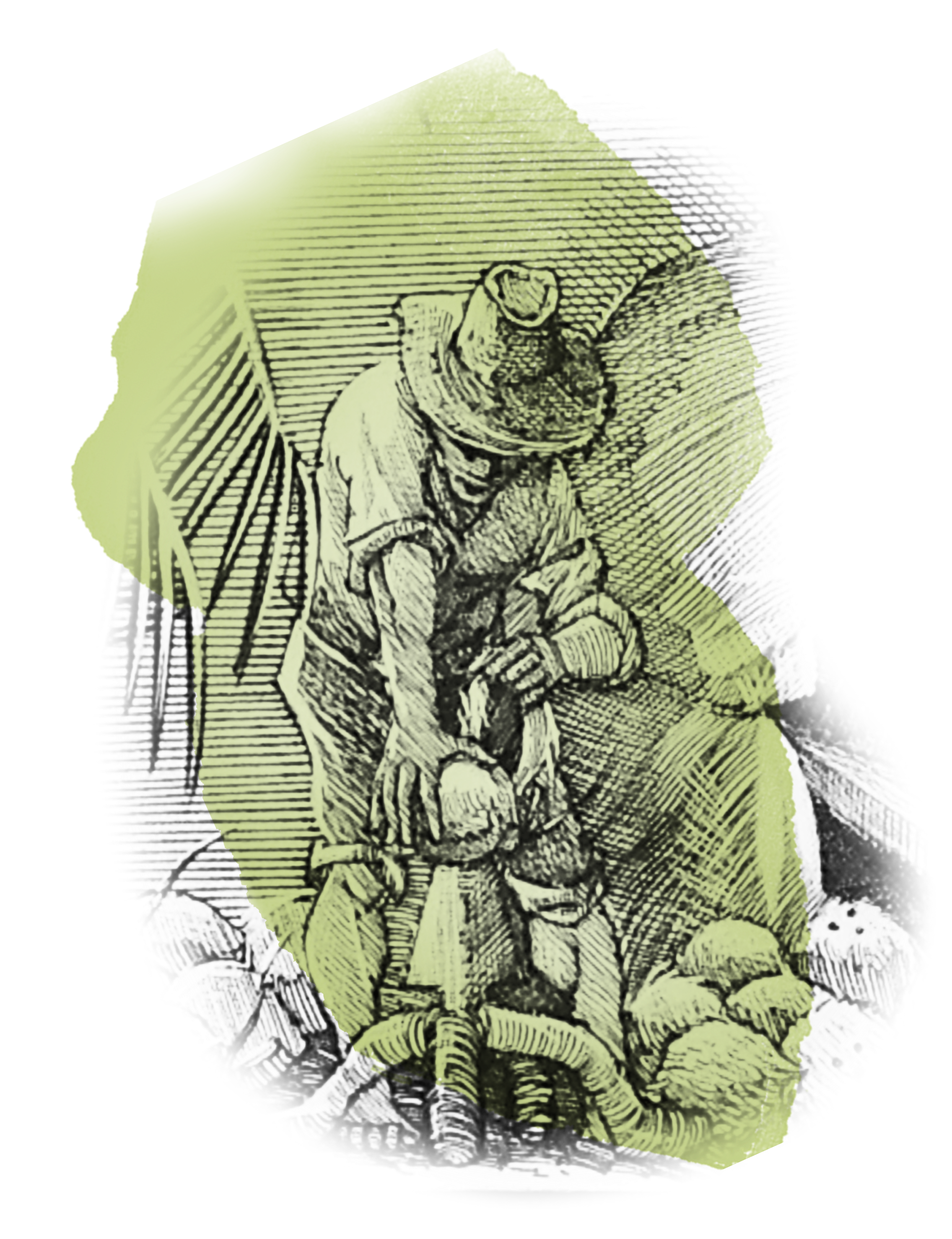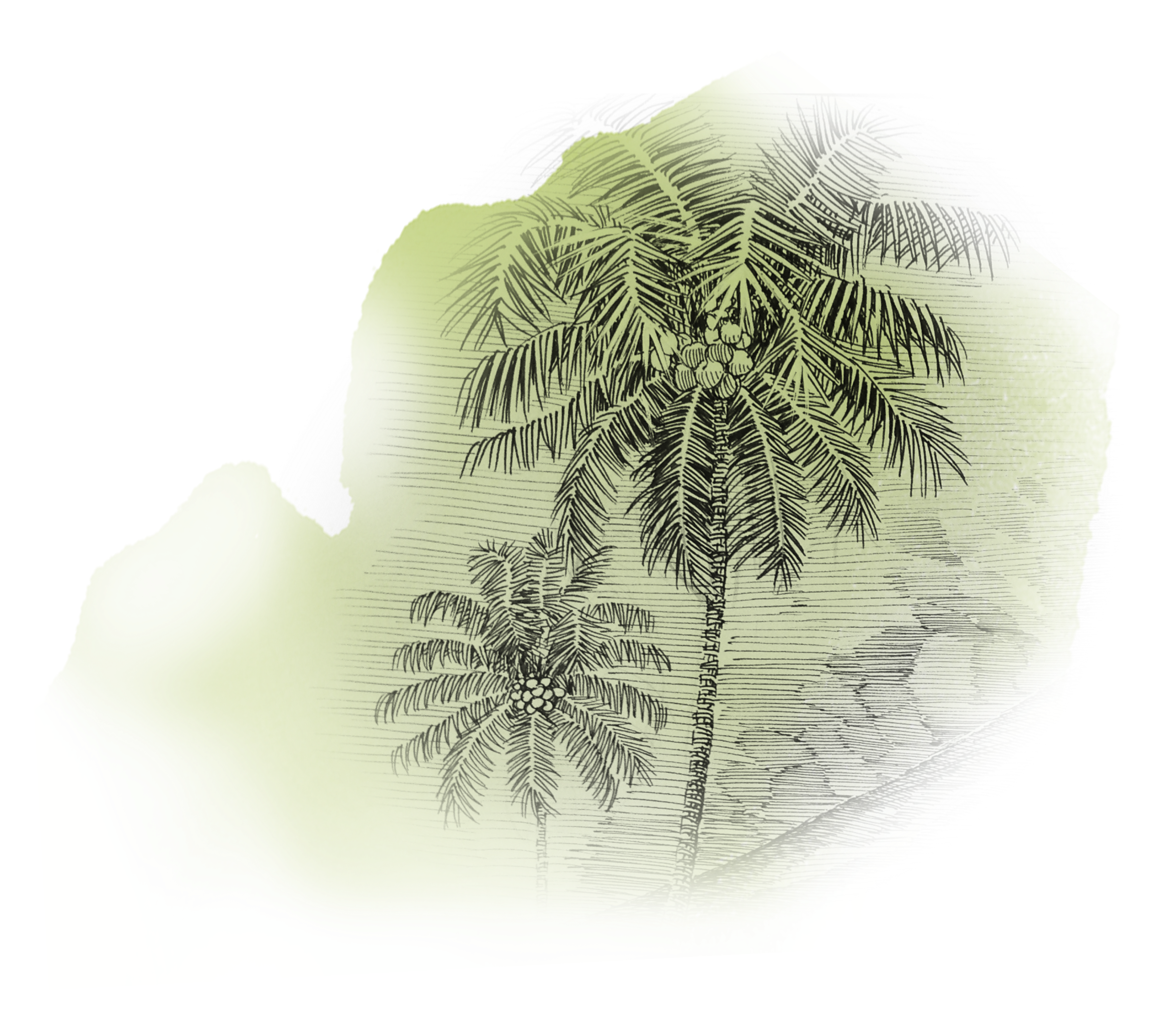About the Coconut
The coconut or cocosnucifera is one of the most useful and valuable trees in the world. A prolific tree, the coconut can yield thousands of coconuts over its lifespan of approximately 70-100 years. Almost every part of this tree can be useful to humans, including the roots, trunks, leaves, husks, fiber, fruit, water, milk, and meat. This versatile crop requiring little care has been given several titles such as Tree of Life, King of Trees, Jewel of the Tropics, Fruit of the gods, Tree of Heaven, Miracle Tree, Soul Food of the Tropics, Signature Tree of the Tropics, Tree of Abundance, Mother Nature’s Gift to Man, and King of the Tropical Flora.


History Of Coconut
The origin of the coconut is not known until today. Many claim that the coconut is native to Southeast Asia, and that the Philippines, Indonesia, and Malaysia, including Australia, were believed to be the likely places of origin. What is known, however, is that the coconut has spread much across the tropics –thanks to its buoyant husks and leathery outside skin that floated in considerable distances in seawater without the help of humans. The coconut’s early presence in Seychelles and Mauritius suggested a natural dispersal. Because of this, the coconut palm now adorns tropical beaches worldwide and is considered a beach plant.
Use Of Coconut
Product Applications: Unopened flowers are protected by sheath, often used for fashion shoes, caps, even a kind of pressed helmet for soldiers; opened flowers provide a good honey for bees; a clump of unopened flowers may be bound together, bent over, and its tip bruised to produce a steady dripping of sweet juice, called sap, up to a gallon per day –which contains 16-30 mg ascorbic acid/100g. By-products from the sap: sugar, nectar syrup, vinegar, fresh beverage, tuba, lambanog (distilled liquor), beer and wine, champagne,gin; mixed grated coconut to make candy; boiled toddy when mixed with lime makes good cement; and a source of yeast to make breads.


Stages Of Coconut
Hatchgrove’s upstream processing for farm raw materials is located in Laguna, a province in the northern part of the Philippines. The processing plant produces plant-based ingredients primarily coconut products such as extra virgin coconut oil, coconut cream, coconut water, low-fat coconut meat, coconut vinegar, coconut condiments, coconut “nut-based” products, coconut nectar products, and other tropical crops and fruits found in the Philippines. The processing facilities have provided farmers access to modern processing technologies to produce value-added coconut products. Through our alliances with OFPAP and AOFA, we have been able to consolidate other farm products such as coconut nectar based products, crops, and other by-products.
Coconut Tree
The coconut or cocosnucifera is one of the most useful and valuable trees in the world. A prolific tree, the coconut can yield thousands of coconuts over its lifespan of approximately 70-100 years. Almost every part of this tree can be useful to humans, including the roots, trunks, leaves, husks, fiber, fruit, water, milk, and meat. This versatile crop requiring little care has been given several titles such as Tree of Life, King of Trees, Jewel of the Tropics, Fruit of the gods, Tree of Heaven, Miracle Tree, Soul Food of the Tropics, Signature Tree of the Tropics, Tree of Abundance, Mother Nature’s Gift to Man, and King of the Tropical Flora.

